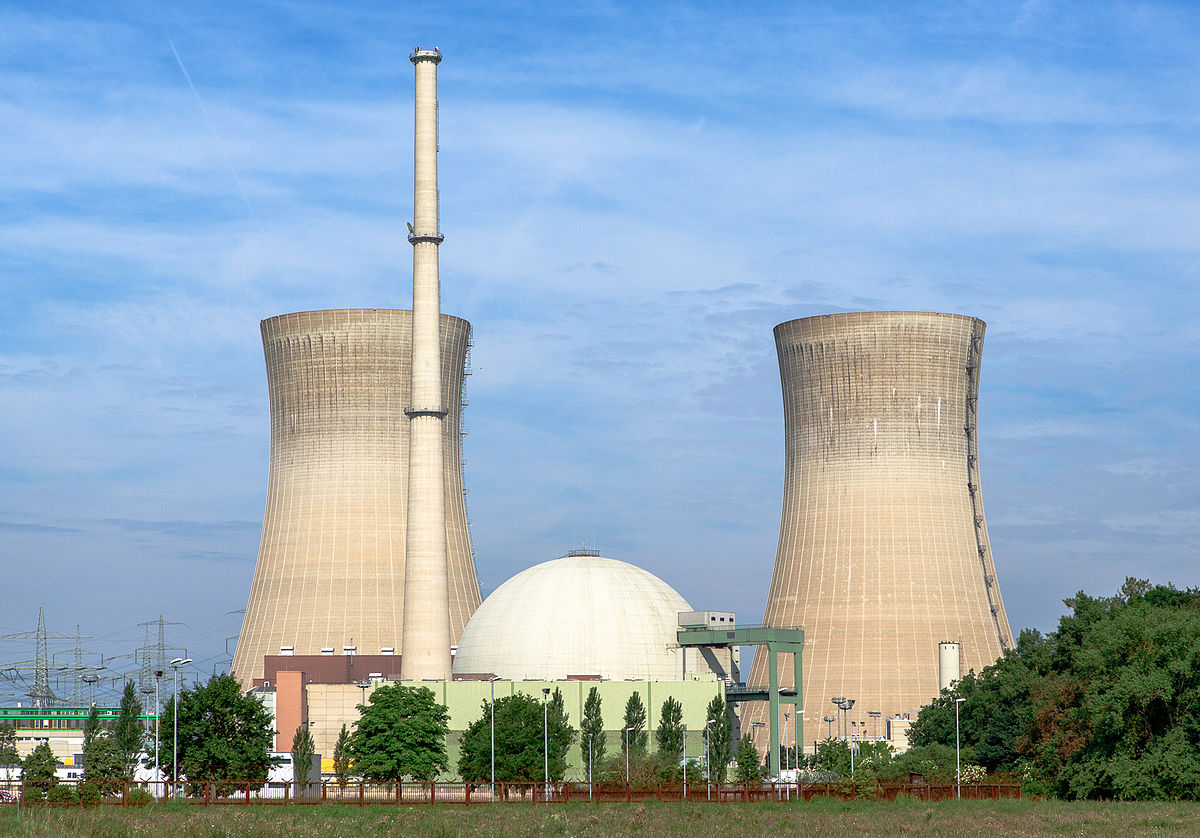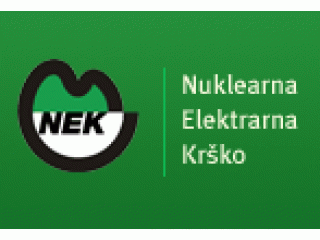Part 1 of 2 Parts
About one fifth of the electricity generated in the U.S. today is produced by commercial nuclear power plants. The country has ninety-two operating nuclear reactors. This is the largest nuclear fleet in the world.
Unfortunately, many of these power reactors have passed their anticipated lifespans of forty years. This means that policy makers are currently trying to decide whether to retire these aging reactors or reinforce their structures to prolong their use.
The debate centers around the status of nuclear energy as a low carbon alternative to fossil fuel such as coal, oil and natural gas. These fuels contribute to climate change.
The future of nuclear power in the U.S. may have another key consideration. This involves air quality according to new research by MIT. Nuclear power is a low-carbon alternative to fossil fuels. It also generates relatively little air pollution.
MIT researchers studied what would happen if all the nuclear power plants in the country were shut down and how other energy sources such as coal, natural gas, and renewables would supply resulting energy needs for a year. They published their research in the journal New Energy.
The MIT group found that shutting down all nuclear power plants in the U.S. could cause serious problems for air quality and human health. The researchers analyzed a scenario in which all nuclear power plants were shut down and replaced with other energy sources such as coal, natural gas and renewables. They estimated that the resulting increase in air pollution would lead to over five thousand additional pollution-related deaths in only one year.
However, if more renewable energy sources become available to supply the electrical grid, then air pollution would be reduced but not entirely eliminated. Even with this optimistic scenario, the team found that some parts of the country would still experience a slight increase in air pollution. This would result in two hundred and sixty additional pollutions related deaths in one year.
After reviewing the demographics most affected by the escalated pollution, the MIT group found that African American communities were most heavily impacted. These communities are disproportionately located near fossil-fuel plants.
Lyssa Freese is the lead author of the MIT report. She said, “This adds one more layer to the environmental health and social impacts equation when you’re thinking about nuclear shutdowns, where the conversation often focuses on local risks due to accidents and mining or long-term climate impacts.”
Noelle Selin is a co-author of the MIT report. She said, “In the debate over keeping nuclear power plants open, air quality has not been a focus of that discussion. We found was that air pollution from fossil fuel plants is so damaging, that anything that increases it, such as a nuclear shutdown, is going to have substantial impacts, and for some people more than others.”
The rest of the authors of the study are affiliated with MIT. They include Principal Research Scientist Sebastian Eastham, Guillaume Chossière SM ’17, PhD ’20, as well as Alan Jenn from the University of California at Davis.
Please read Part 2 next
Blog
-

Nuclear Reactors 1202 – MIT Researchers Raised Issues With Respect To The Possible Closure Of All U.S. Nuclear Power Plants – Part 1 of 2 Parts
-
Nuclear News Roundup Apr 11, 2023
North Korea conducts another test of underwater nuclear attack drone English.kyodonews.net
Zaporizhzhia nuclear deal is possible, Russia says plenglish.com
South Korea, Japan, US call for more support to curb North Korea’s growing nuclear arsenal foxnews.com
9 per cent of India’s electricity to come from nuclear sources by 2047: Jitendra Singh indianexpress.com
-

Geiger Readings for Apr 11, 2023
Ambient office = 95 nanosieverts per hour
Ambient outside = 93 nanosieverts per hour
Soil exposed to rain water = 97 nanosieverts per hour
Asparagus from Central Market = 73 nanosieverts per hour
Tap water = 138 nanosieverts per hour
Filter water = 128 nanosieverts per hour
-

Radioactive Waste 902 – Nuklearna Elektrarna Krško In Slovenia Commissions Dry Cask Storage Facility For Storage of Spent Nuclear Fuel
The spent nuclear fuel storage facility at the Krško nuclear power plant in Slovenia has just been commissioned with the placement of the first Holtec HI-STORM FW cask in the facility.
The dry storage building is one hundred and sixty feet by two hundred and thirty feet by sixty-six feet. It has a reinforced concrete base that is six feet thick. The plant is operated by Nuklearna Elektrarna Krško (NEK). They explained that the base and “the perimeter walls, provide protection against flooding and enable the anchoring of storage containers”. Equipment has been installed that allows monitoring by the International Atomic Energy Agency.
Each HI-STORM cask will hold thirty-seven spent fuel assemblies. A thick concrete shell provides full physical and radiological protection against extreme weather, earthquakes or an airplane crash. The containers have been designed to “enable the transport of the fuel elements in the future as part of a permanent solution”. In the first spent nuclear fuel loading project, sixteen HI-STORM FW casks holding a total of five hundred and ninety-two spent fuel assemblies will be placed in dry storage by late 2023.
Holtec was awarded a contract by NEK in February 2017. The contract included the design and construction of a dry storage building, replacement of the fuel handling building crane trolly, and supply of equipment and services.
Holtec stated that to ensure a large margin of structural safety, a seismically restrained version of the HI-STORM FW system was utilized for the Krško project. The seismic restraint system uses a robust steel structure embedded within the thick concrete foundation platform of the storage building. The HI-STORM FW casks are certified to withstand a severe earthquake that produces foundation pad accelerations two times greater than the Earth’s gravity. Holtec said that “The custom-engineered domed lid of the HI-STORM FW, unique to this project, is a Holtec innovation developed to engineer an impact-capable design.”
Rick Springman is the Holtec Senior Vice President of International Projects. He said, “Our success is a testament to the teamwork and ingenuity of the trans-national project team that executed the project. Commissioning of this facility was indispensable to support Krško’s continued generation of 24/7 clean nuclear power, which is critical to Slovenia’s clean energy aspirations”.
The seven hundred megawatt Krško plant is a Westinghouse pressurized water reactor. It was the first western nuclear power plant constructed in eastern Europe. Construction of the Krško plant began in 1975 and it was connected to the Slovenian grid in 1981. It began commercial operation in 1983.
In January of this year, the Slovenia’s Ministry of the Environment approved Krško’s operations for a further 20 years. The approval followed the completion of an environmental impact assessment. The assessment included input from neighboring countries Croatia, Austria, Italy and Hungary, plus Germany.
NEK said, “With the introduction of dry storage, we will fulfill all the conditions and implement the decisions of the administrative bodies to extend the operation of the nuclear power plant and provide customers with electricity at a reasonable price for another two decades.” -
Nuclear News Roundup Apr 10, 2023
ThorCon begins pre-licensing consultation in Indonesia world-nuclear-news.org
Westinghouse Celebrates Milestone Achievement for China’s Sanmen Nuclear Plant finance.yahoo.com
Ukrainian drone crashes near Zaporizhzhia nuclear plant – Russian media reuters.com
Ukrainian drone crashes near Zaporizhzhia nuclear plant dwe.com dw.com
-

Geiger Readings for Apr 10, 2023
Ambient office = 71 nanosieverts per hour
Ambient outside = 132 nanosieverts per hour
Soil exposed to rain water = 130 nanosieverts per hour
Tomato from Central Market = 79 nanosieverts per hour
Tap water = 120 nanosieverts per hour
Filter water = 97 nanosieverts per hour
-
Nuclear News Roundup Apr 09, 2023
North Korea warns ‘offensive action’ over allies’ drills apnews.com
Act aims to accelerate US deployment of new nuclear world-nuclear-news.org
Two more Natrium units for coal-to-nuclear switching world-nuclear-news.org
US flies nuclear-capable bombers as tensions soar with N Korea Aljazeera.com
-

Geiger Readings for Apr 09, 2023
Ambient office = 81 nanosieverts per hour
Ambient outside = 97 nanosieverts per hour
Soil exposed to rain water = 99 nanosieverts per hour
Reed bell pepper from Central Market = 62 nanosieverts per hour
Tap water = 100 nanosieverts per hour
Filter water = 93 nanosieverts per hour
-
Nuclear News Roundup Apr 08, 2023
ThorCon begins pre-licensing consultation in Indonesia world-nuclear-news.org
Westinghouse Celebrates Milestone Achievement for China’s Sanmen Nuclear Plant finance.yahoo.com
Ukrainian drone crashes near Zaporizhzhia nuclear plant – Russian media reuters.com
Ukrainian drone crashes near Zaporizhzhia nuclear plant dwe.com dw.com
-

Geiger Readings for Apr 08, 2023
Ambient office = 62 nanosieverts per hour
Ambient outside = 157 nanosieverts per hour
Soil exposed to rain water = 157 nanosieverts per hour
Green onion from Central Market = 73 nanosieverts per hour
Tap water = 108 nanosieverts per hour
Filter water = 94 nanosieverts per hour
Dover Sole from Central = 101 nanosieverts per hour
